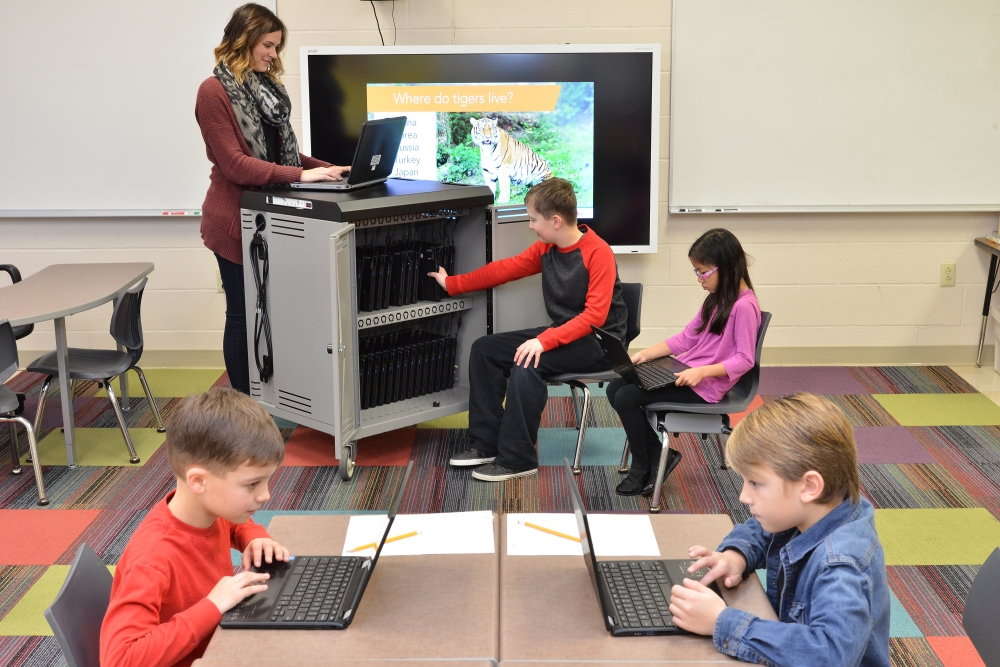Gamification in the Classroom
Gamification. Gami—what? Gamification might be a new term for you or something you’ve already experienced without even realizing it.
Defined in The Gamification of Learning and Instruction by Karl Kapp, “Gamification is using game-based mechanics, aesthetics, and game thinking to engage people, motivate action, promote learning, and solve problems.”
In education, gamification is used in the classroom as a learning method to get more students to participate in class activities, problem solve, and collaborate. Gamification in education promotes learning and engagement by using fun strategies and approaches. Immersing students into an activity that is fun and teaches them at the same time is the ultimate purpose.
“One of the biggest benefits of gamification in the classrooms is its versatility,” stated School Specialty’s article, “The Importance of Gamification in the Classroom.” “Teachers can choose whether to make an individualistic game out of learning for the whole class to play at once, or a game played in small groups to encourage teamwork. A game offers students instant feedback, gives students who might otherwise have sat quietly in the background a chance to participate…”
Gamification is a learning method that has the capability to involve every student and provides an additional way for students of all learning abilities to participate.
In addition, this learning approach can show students their academic progress through game based mechanics, motive action, participation, and problem-solving.
While incorporating gamification into your classroom, it is important to remember that it is not about earning points, making it first to the finish line, or that it can be easily applied to every school subject or lesson.
Gamification in the classroom should be thoughtfully planned out and strategically organized. Thoughtful design and implementation is important in order for students to retain information, engage, problem-solve, and more.
“Well-designed games help learners acquire skills, knowledge, and abilities in short, concentrated periods of time with high retention rates and effective recall,” Kapp stated. “Do not think of games for learning in the same way as you would think of games for children. Gamification is a serious approach to accelerating the experience curve of the learning, teaching, complex subjects, and systems thinking.”
Now that you’ve learning more about gamification, it’s your turn to try it in your classroom. Remember that gamification is utilized to help engage students, help students see academic progress, provide feedback through game mechanisms and elements, and most importantly, have fun!
References:
https://blog.schoolspecialty.com/the-importance-of-gamification-in-the-classroom/
https://media.wiley.com/product_data/excerpt/47/11180963/1118096347-61.pdf
